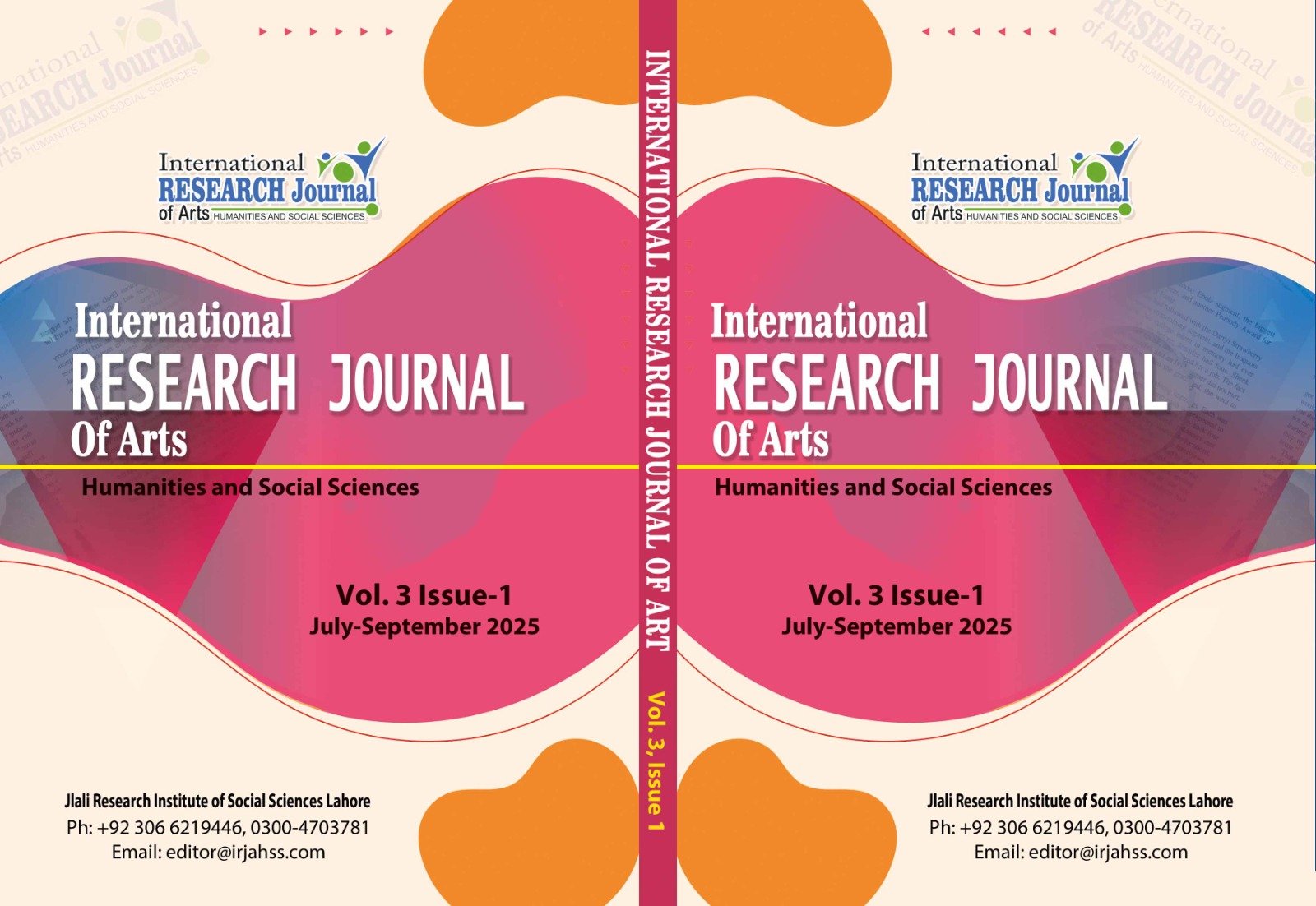Creativity Turns Malevolent: Personality Pathways to Criminal Behavior in Adolescents and Young Adults
DOI:
https://doi.org/10.3456/tpgh6981Keywords:
psychoticism, malevolent creativity, delinquency, adolescents, personality traits, Eysenck PEN modelAbstract
This research explored the relationship between Eysenck’s personality traits (Psychoticism, Extraversion, Neuroticism), malevolent creativity, and criminal tendencies among adolescents and young adults. Data were collected from 400 adolescents and young adults (200 males, 200 females) aged 16–24 in Lahore, using the EPQ-R, MCBS, and SRDS. The results revealed that Psychoticism was the strongest predictor of criminal tendencies (β = .09, p < .05), while malevolent creativity, particularly the “playing tricks” subscale, also emerged as a significant predictor (β = .18, p < .001). Extraversion showed a small but significant correlation with delinquency (r = .12, p < .05), while Neuroticism and Lie had significant correlations but weaker effects in regression. The results support Eysenck’s PEN model and concepts from Social Information Processing Theory, showing that high psychoticism combined with malevolent creativity increases the risk of criminal actions. These findings highlight the importance of trait-based interventions, especially for youth high in impulsivity and manipulative thinking. Culturally informed policies and psychological assessments are essential for reducing youth crime and understanding its root causes.
Downloads
Downloads
Published
Issue
Section
License
Copyright (c) 2025 International Research Journal of Arts, Humanities and Social Sciences

This work is licensed under a Creative Commons Attribution 4.0 International License.
Disclaimer: The International Research Journal of Arts, Humanities and Social Sciences (IRJAHSS) upholds the principles of open access, ensuring unrestricted access to scholarly content to foster the sharing and advancement of knowledge. The opinions expressed in the articles solely belong to the authors and do not necessarily reflect the views or policies of the journal's editorial team, editorial board, advisory board or research institute.






